-
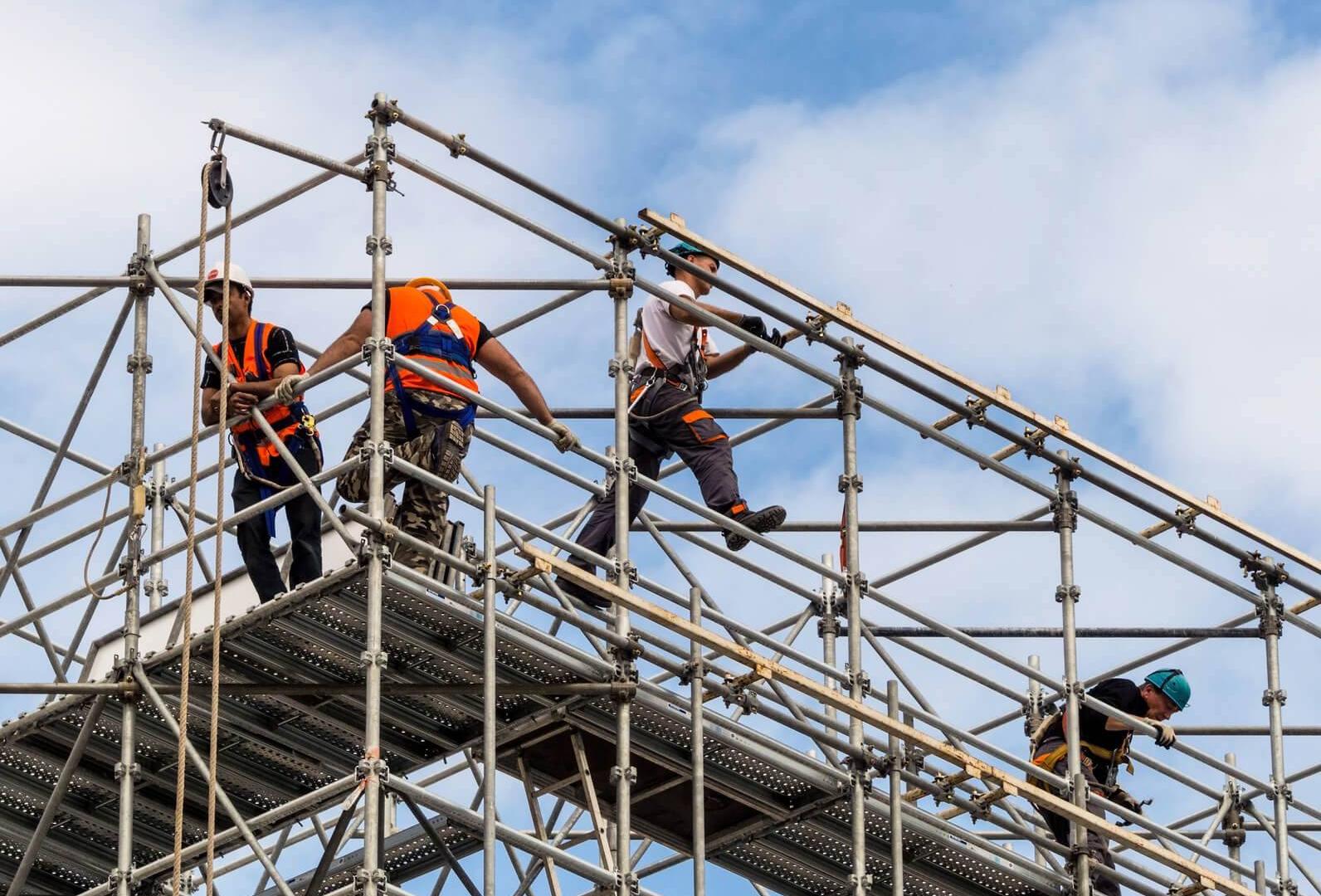
Explore the 7 major advantages of plate-buckle scaffolding
First, the safety level is high and the erection process is safer 1. The length of a single rod of the buckle-type scaffolding is generally no more than 2 meters. Compared with the traditional 6-meter-long ordinary steel pipe, it is lighter, easier for construction workers to control, and the cen...Read more -
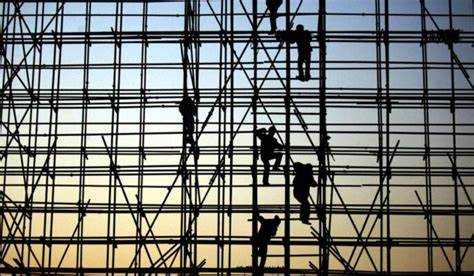
Emergency measures for large-scale scaffolding deformation accidents
(1) For local deformation of the scaffold caused by foundation settlement, a set of figure-eight or scissor braces should be erected on the double-row frame section, and a set of vertical poles should be erected before the deformation area is discharged. Provide the scissors’ splayed base o...Read more -
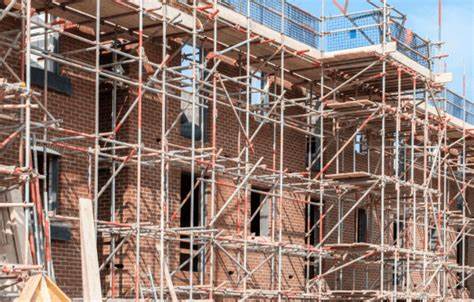
How efficient is the erection of buckle-type scaffolding
How efficient is the erection of buckle-type scaffolding? Speaking of buckle scaffolding, we all know that it is an upgraded product of scaffolding. It has many incomparable advantages over traditional scaffolding. Many contractors purchase scaffolding for project needs. They generally pay more a...Read more -
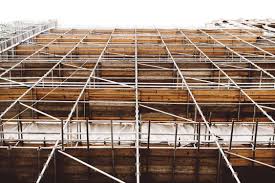
Shoring Or Scaffolding – What’S The Difference?
Shoring: Shoring is typically used to support walls, columns, or other structural elements that need support while construction work is being done. It provides temporary support and stability for the structure while it undergoes changes or repairs. Shoring can include metal or wooden supports, br...Read more -

Scaffolding In The Oil, Gas And Chemical Industry
1. Maintenance and repairs: Scaffolding is essential for performing maintenance, repairs, and upgrades to equipment and structures that are difficult to access. This includes platforms, vessels, columns, reactors, and other process units. It allows workers to safely carry out tasks that require h...Read more -
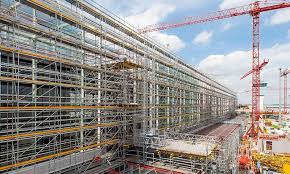
Scaffolding In The Construction And Infrastructure Industry
1. Construction of buildings: Scaffolding is extensively used during the construction of buildings, especially tall structures. It allows workers to access different levels of the building while performing tasks such as bricklaying, plastering, painting, and installing windows or facades. 2. Reno...Read more -
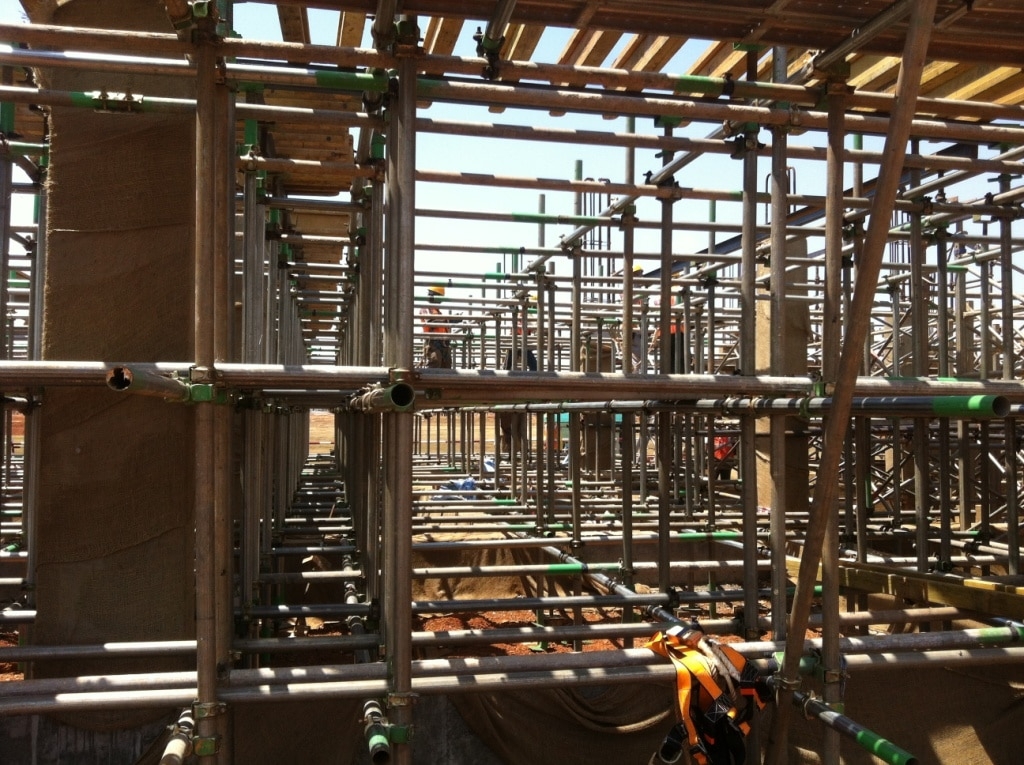
Introduction to the advantages, structure, and construction methods of buckle-type scaffolding
Disk-type scaffolding is widely used in general viaducts and other bridge projects, tunnel projects, factories, elevated water towers, power plants, refineries, etc., as well as the support design of special factories. It is also suitable for overpasses, span scaffolds, storage shelves, chimneys,...Read more -
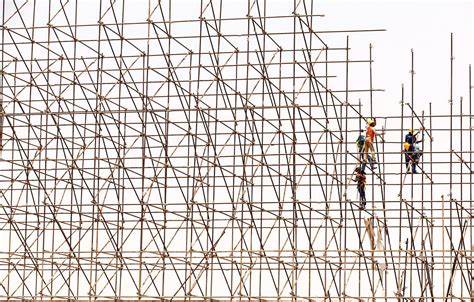
Specifications for erection of bowl-buckle scaffolding
Bowl-buckle steel pipe scaffolding is composed of steel pipe vertical poles, horizontal bars, bowl-buckle joints, etc. Its basic structure and erection requirements are similar to those of fastener-type steel pipe scaffolding. The main difference lies in the bowl-buckle joints. The bowl buckle jo...Read more -
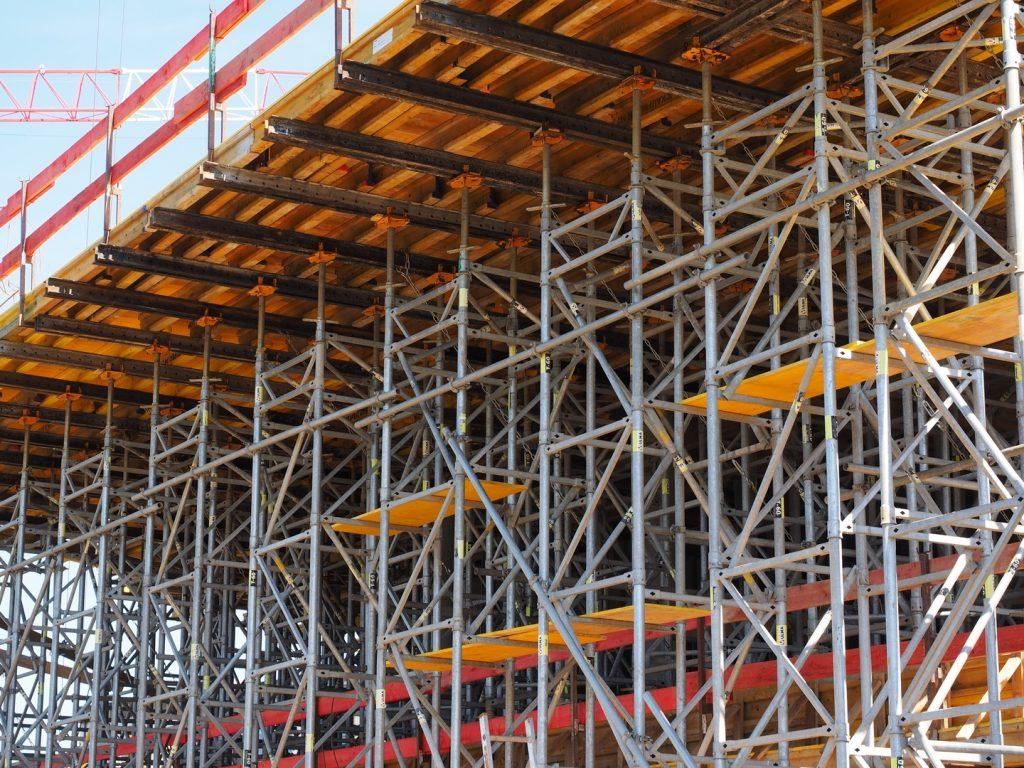
Two application structural requirements for disc-buckle scaffolding
Since the poles of the disc-buckle scaffolding are made of Q345B low-carbon alloy steel, its load-bearing capacity is much greater than that of other scaffolds. At the same time, due to the diagonal rod specifications, it acts as a diagonal brace, and the unique disc-buckle self-locking design, w...Read more
